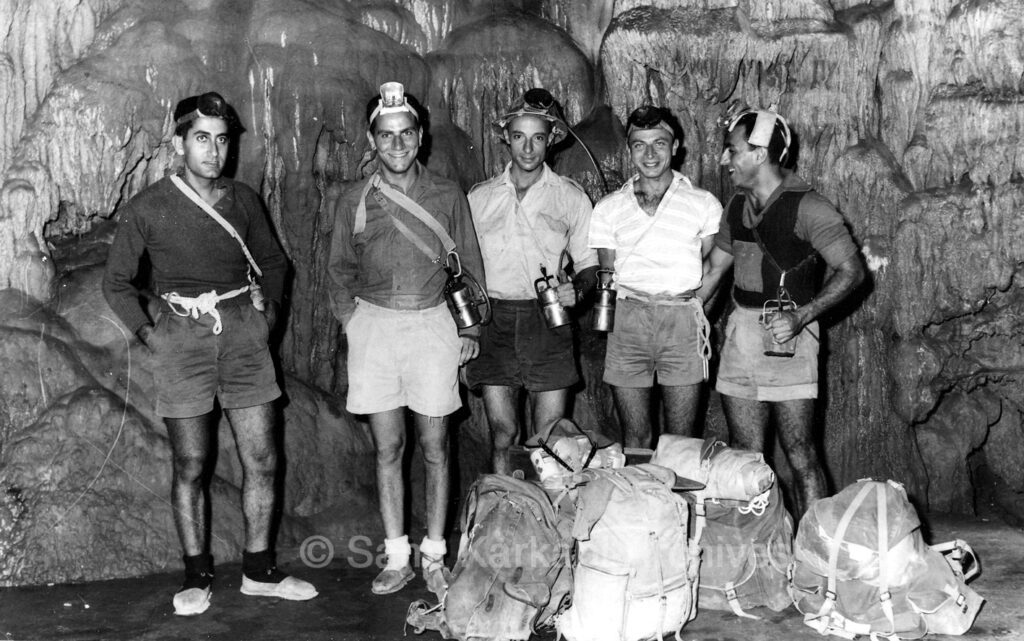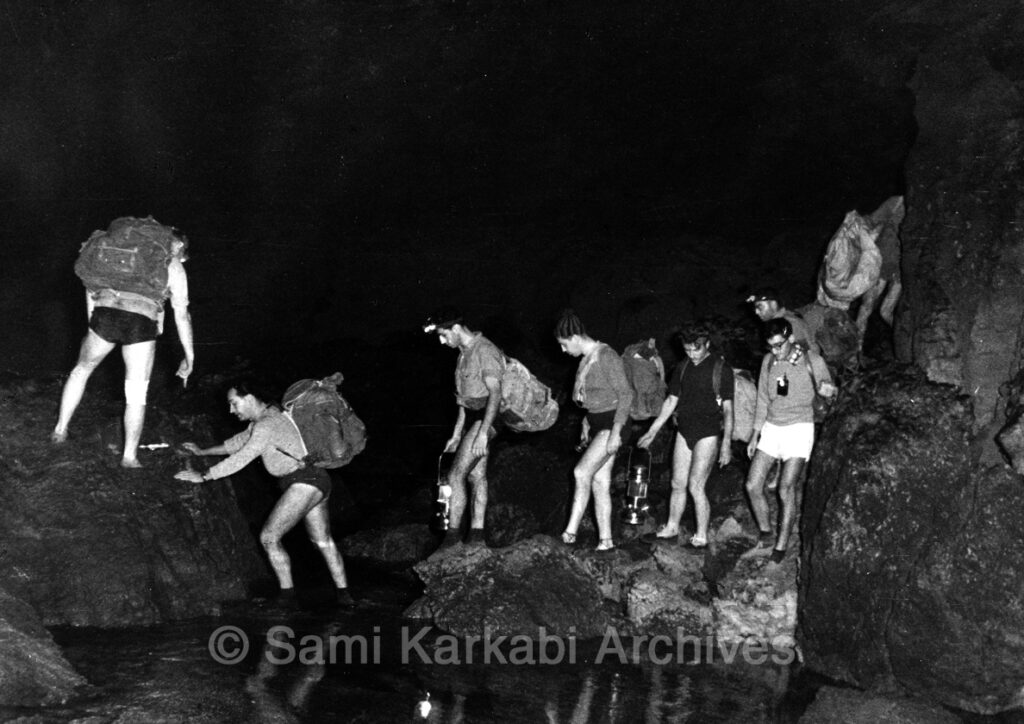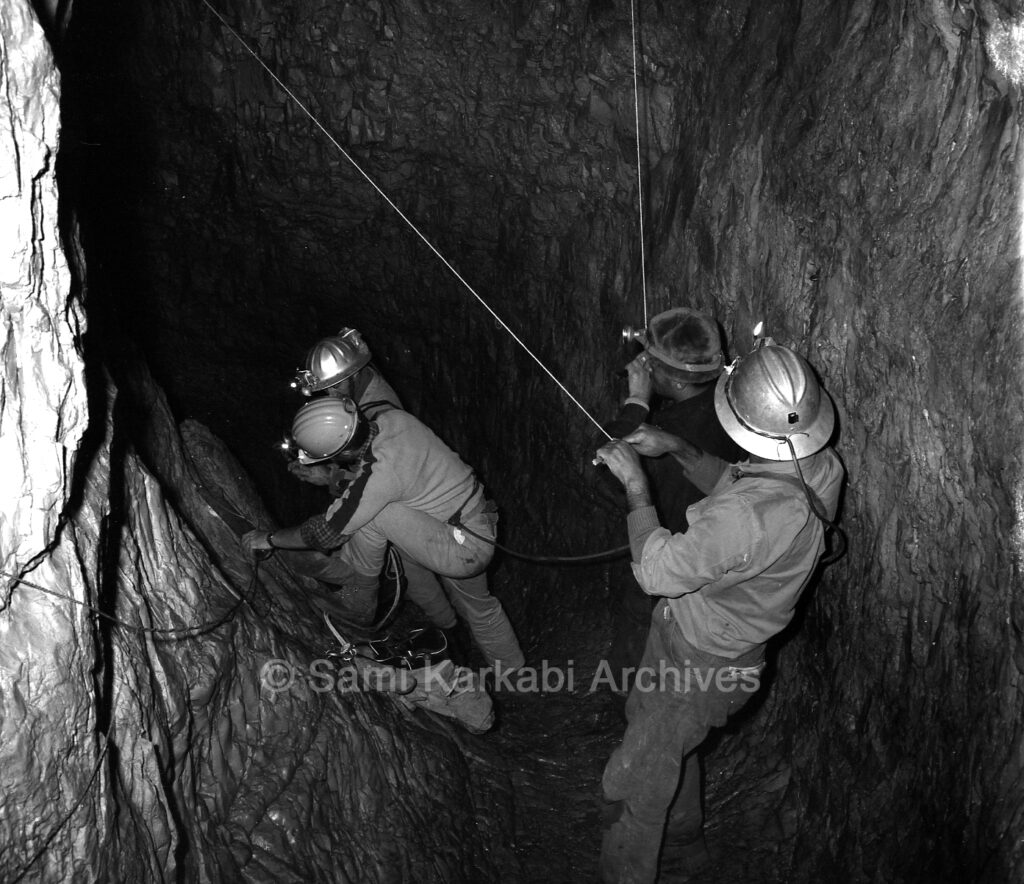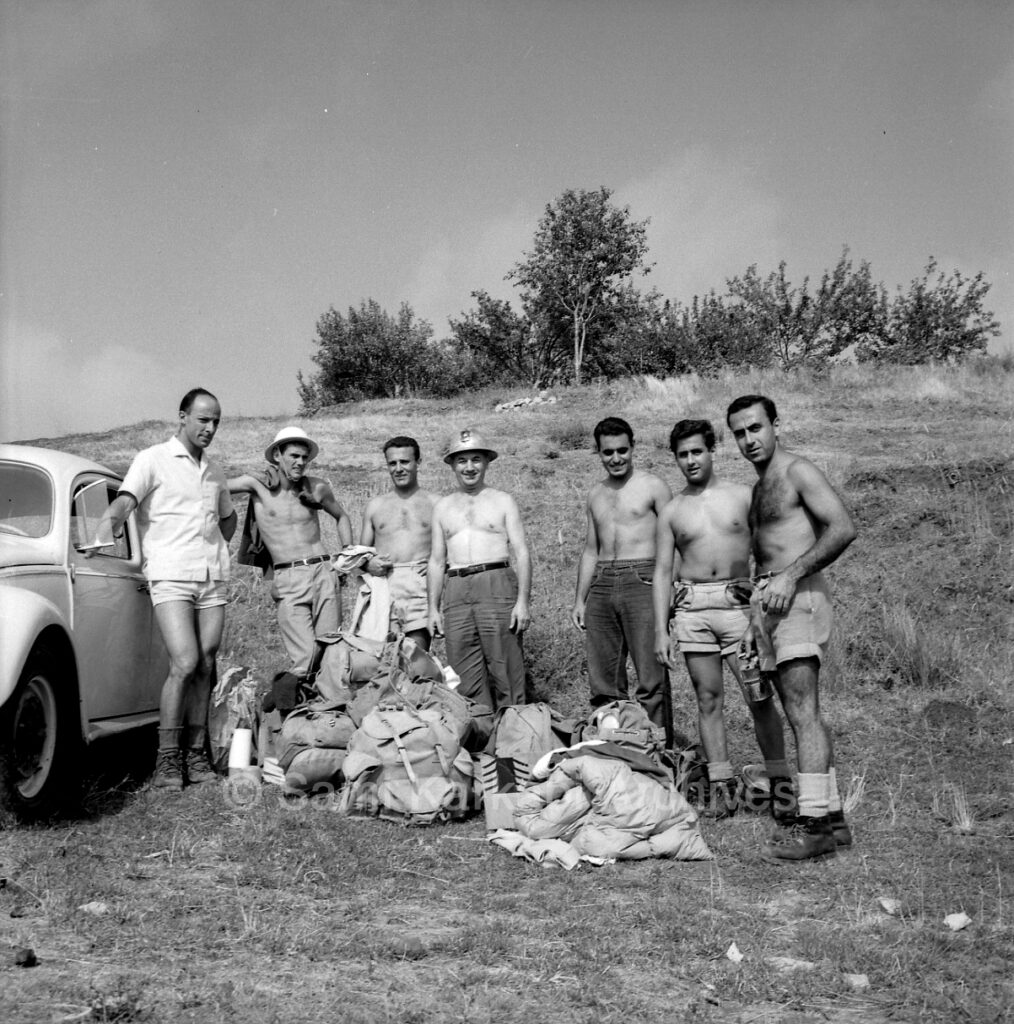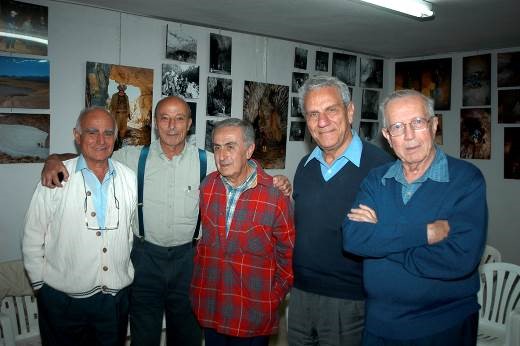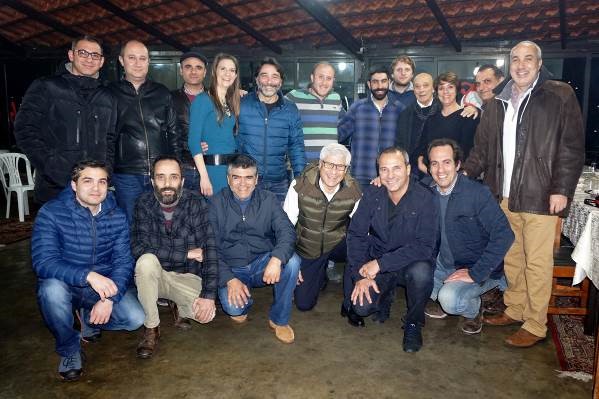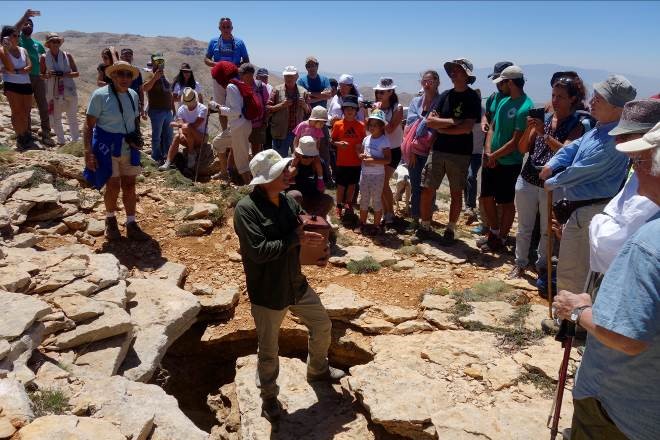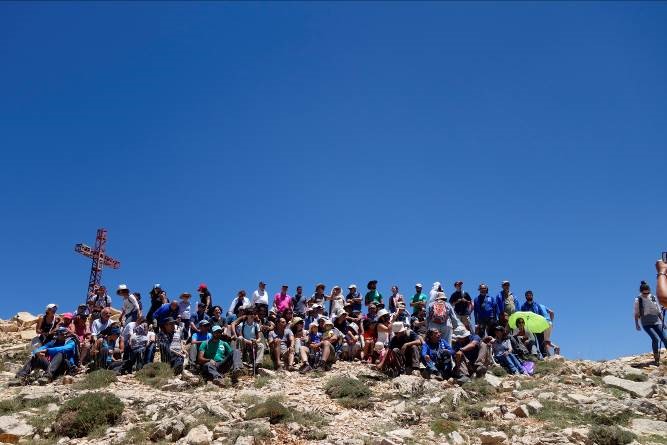Sami Karkabi was the co-founder of the Spéléo Club du Liban (SCL) and passed away on the 24th of March 2017 at the age of 86. With sixty eight years in speleology he was mostly known for his great influence in the Jeita cave.
Sami Karkabi was born in Haifa, Palestine, in 1931. He obtained an MPC general mathematics from the Graduate School of Mathematics of Beirut in 1952. During that same year, he taught hotel accounting at the Ecole Hôtelière before working in the Lebanese Petroleum Company from 1952 to 1953.
Sami Karkabi began his caving journey in 1949 and founded the Spéléo Club du Liban (SCL) in 1951. Since then, he has led many expeditions starting with the Jeita cave where he pushed the explorations deeper from 2500m to 6400m (Terminal Siphon) from the entrance. There were many obstacles along the way, particularly the famous “Falaise Karkabi”, which evidently was named after him.
In 1954 he travelled to France where he met Robert de Joly, the president of “la Société Spéléologique de France” at that time from whom he gained profound knowledge on the touristic development of caves. A year later, he was granted the opportunity to lead and manage the design of the touristic section in the lower level of the Jeita cave as he was the director of the project on behalf of the Commissariat Général du Tourisme.
Karkabi’s immense passion for speleology led him to explore countless cavities and underground karstic systems in Lebanon as well as around the world. His extensive experience steered him towards the French expedition of the “Gouffre Berger” in the Vercors in France, 1st -1000m deep cave in the XXth Century, which took place in 1956.
Karkabi, together with Spéléo Club du Liban members, discovered the Upper Galleries of Jeita Cave in 1958. This new finding uncovered the touristic development of the cave’s new galleries in collaboration with the Ministry of Public Works and Dar el-Handassa in 1965.
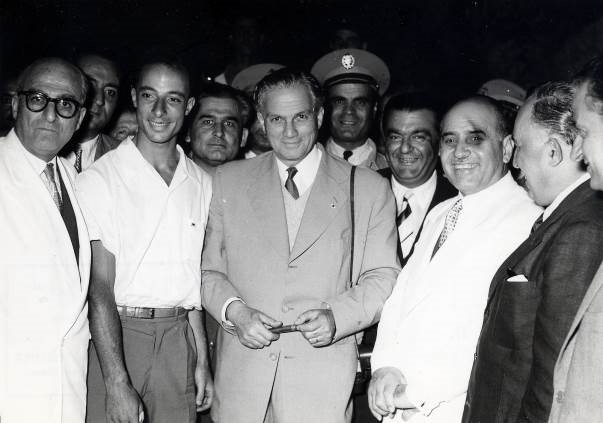

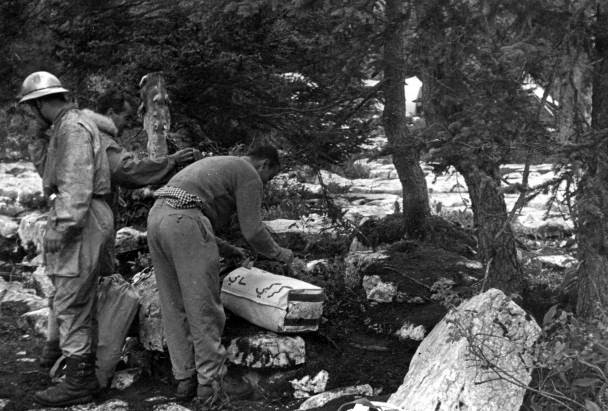
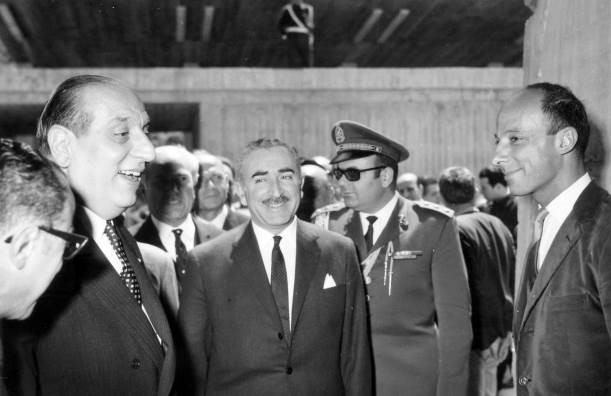
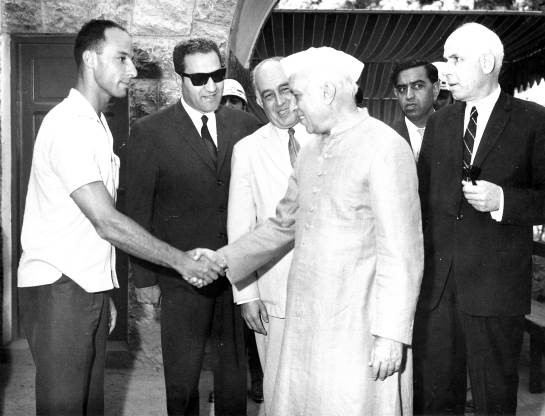
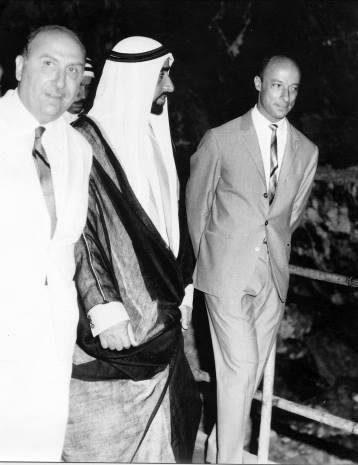
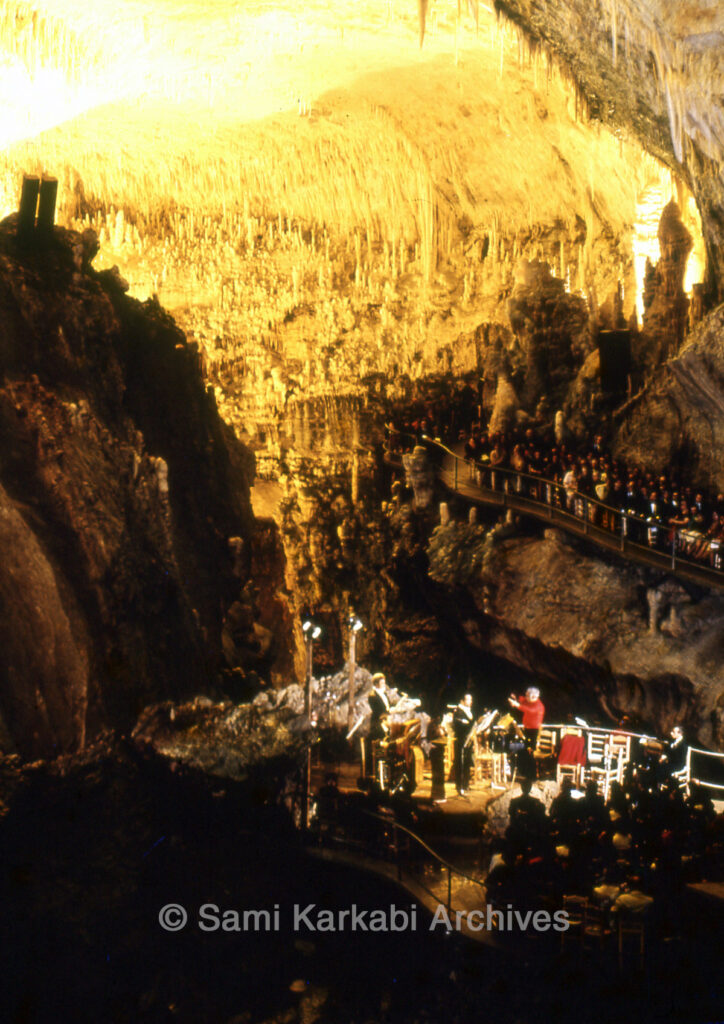
Francois Bayle Concert in Jeita – 1969
Karkabi, editor of the SCL’s speleological journal Al-Ouat’Ouate from 1954 till 1999, was also an anthropologist who carried out numerous studies in this field. As a university professor, he organized many seminars on vernacular habitats in countries such as Iraq, Morocco, Algeria, Iran, Ethiopia, Turkey, Sudan, Yemen and Kenya. He also took charge of two anthropo-architectural research workshops in Lebanon, Wadi Kannoubine (the Holy Valley) and Wadi Nahr es-Salib. The first is a world heritage site recognized by UNESCO.
Karkabi participated in various International Speleological Congresses and Symposia from 1958 till 1999. Moreover, he was a member in the organizing committee of the 1st and 2nd Middle East Speleology Symposium in 2001 and 2006. In 2004, he was appointed honorary member of the Spéléo Club of Paris. He also published many scientific studies and other publications through his books and articles. Karkabi had collected over 25,000 photographs of caves throughout his journey and over 250,000 photographs from his anthropological studies that he conducted in different parts of the world.
Sami Karkabi was the reason behind the initial development and phenomenal growth of the Lebanese speleology. He always believed in team spirit. For many years and even after his passing, he has been the mentor and support of many cavers and speleologists. He constantly thrived to maintain strong and long lasting relationships between the Lebanese and international community of speleologists, even during the difficult times of the Lebanese civil war. He never compromised great values such as perfection, ethics and efficiency. He appreciated comradeship and built genuine relationships throughout his life. He invested his time and energy on all the things he was passionate about and lived his best life.
His memory and legacy will remain safeguarded by the current and future generations of the Spéléo Club du Liban.

